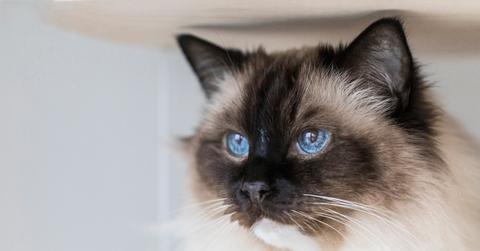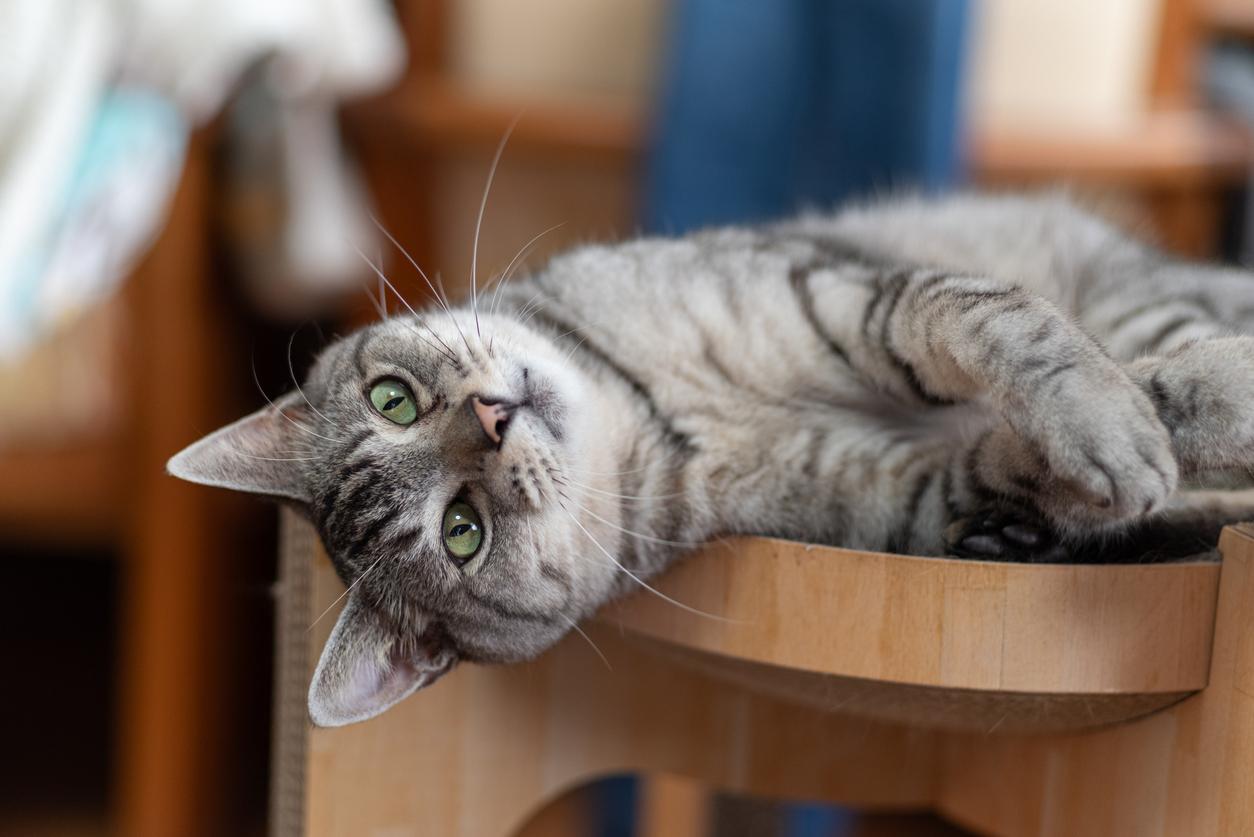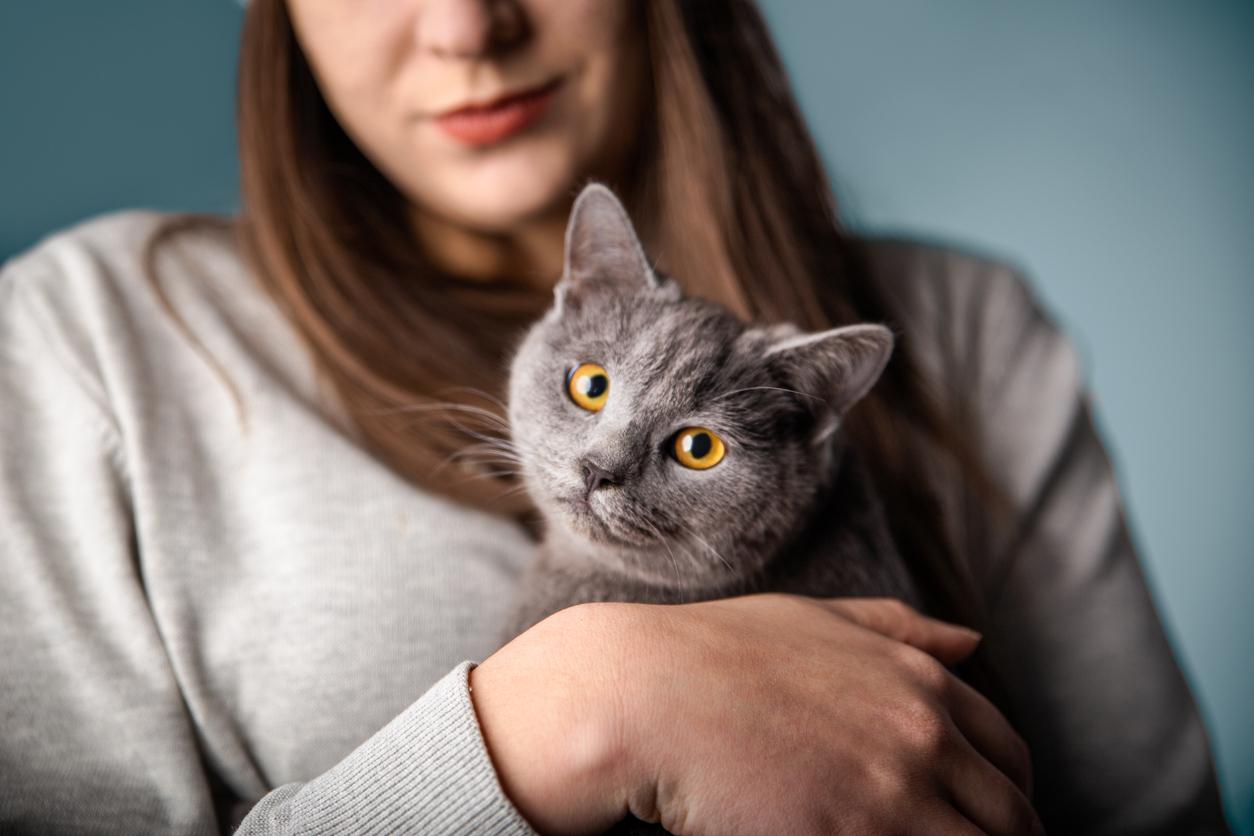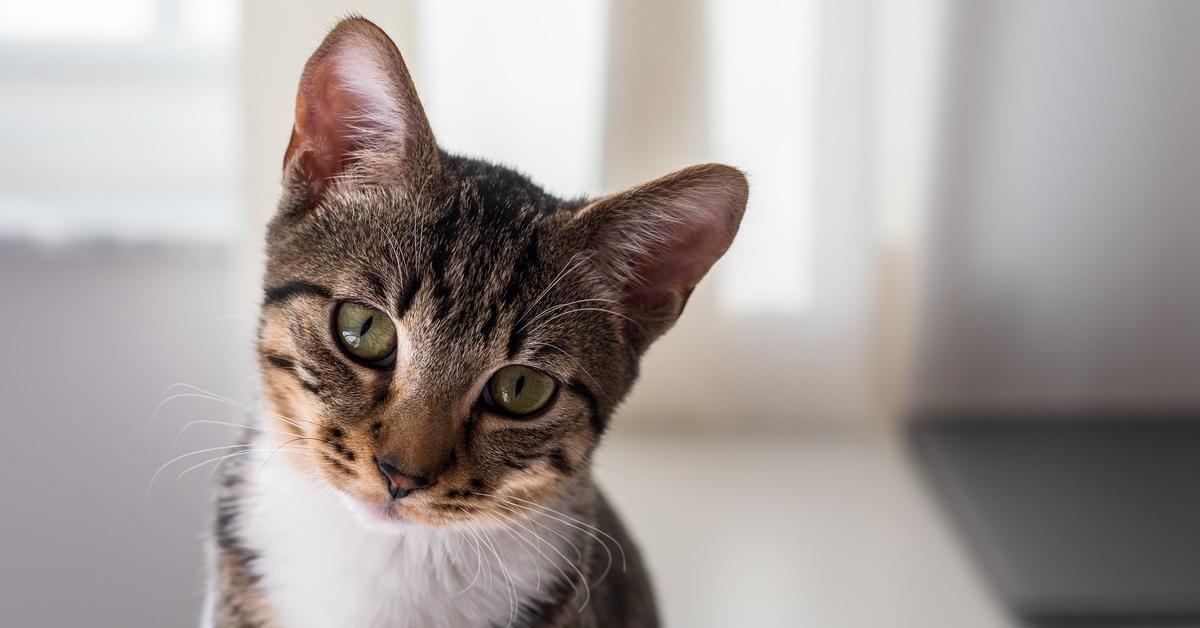Cats Have Amazing Agility and Senses of Smell and Hearing, but How Is Their Color Vision?
A cat's vision is more nearsighted than a human's, but humans possess 10 times more cones in their eyes than cats.
Published Feb. 20 2024, 5:13 p.m. ET

Within a few seconds of a classic stare-down with your cat, you inevitably wonder if cats view the world as vividly as you do. We know they are aware that we love them, and their nibbles are signs of affection, but can they see the same colors we can?
Given how finely-tuned your feline companion's senses are, the answer to how colorfully they can see the world may surprise you. Let's remove our rose-colored glasses, put on our scientific thinking caps, and explore the magical world of a cat's vision.

Can cats see colors?
The notion that our companion animals only see in black-and-white colors is an archaic belief, and as it turns out, the world our cats observe is somewhat more colorful than you might have known.
According to VCA Animal Hospitals, although cats cannot see the same range of colors as we can, they can see some.
As VCA notes, it makes sense that humans have ten times more cone cells than cats, allowing us to view a more comprehensive series of colors on the visual spectrum.
Per the UK-based Blue Cross, cats are crepuscular (i.e., not nocturnal), and their enhanced visual acuity at night is because their unique eyes have six to eight times the rod cells that humans have.

What colors do cats see?
Per VCA, cats are believed to be able to see blue and gray at least, and some scientists believe cats can perceive the color yellow.
Purina affirms that the debate at the intersection of scientific investigation and feline curiosity remains, as there is no consensus on the spectrum of colors that cats can see.
Purina does liken a cat's view of the world to that of a color-blind human. But that doesn't mean their eyesight pales in comparison in every aspect.
According to Purina, their depth perception makes them such excellent (and adorable) little hunters. As Hills Pet Nutrition adds, a cat's pupils are 50% larger than a human's, which aids in their terrific ability to see at night when the lights are off.
Also, according to Hills, cats have vertically slit pupils, which is a noticeable boon to their ability to see in the dark and, when necessary, perform the duties of what's known as an "ambush predator" and hunt for food.
A cat's pupils dilate in the dark, whereas their pupils constrict in the sunlight. This is a significant advantage, according to Dr. Richard E. Goldstein, chief medical officer at the Animal Medical Center in New York City, in a Q&A in The New York Times.

"A cat has the capacity to alter the intensity of light falling on its retina 135-fold, compared to tenfold in a human, with a circular pupil," Dr. Goldstein explained in The New York Times.
So while a cat may not be able to discern all colors of the rainbow on a summer day or fully appreciate the matching sweaters you bought for you and your kitty companion, a cat's view of the world is decidedly more strategic, somewhat colorful, and advanced than we previously thought.